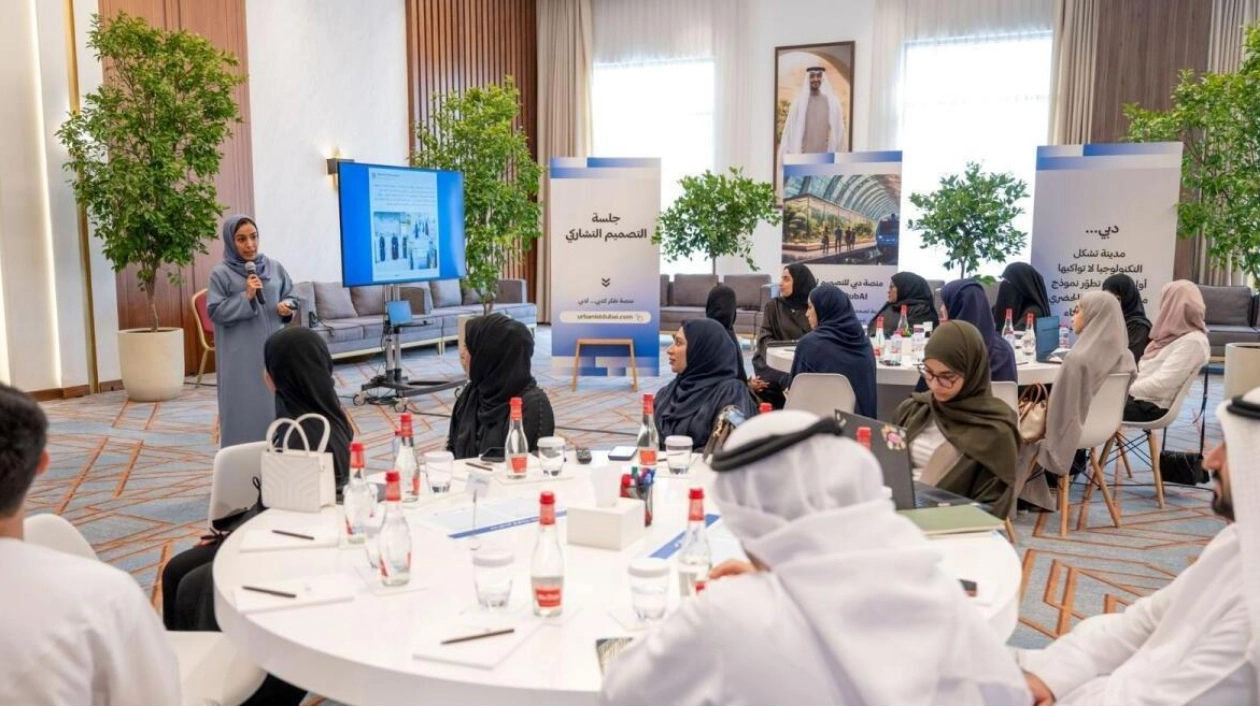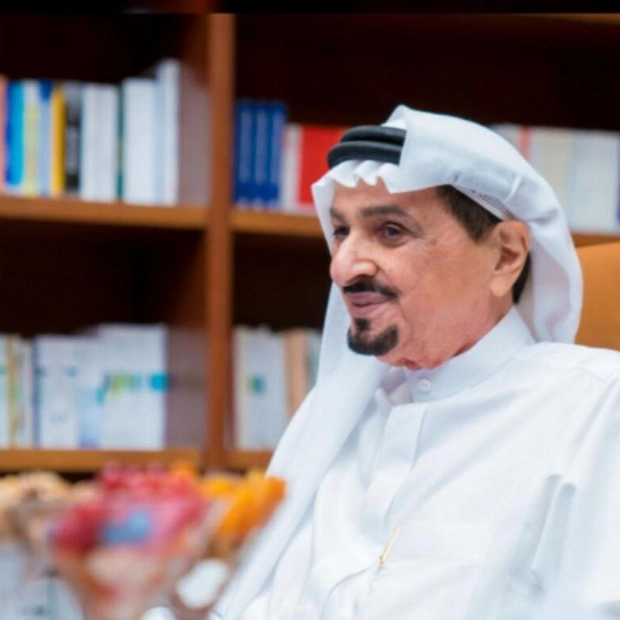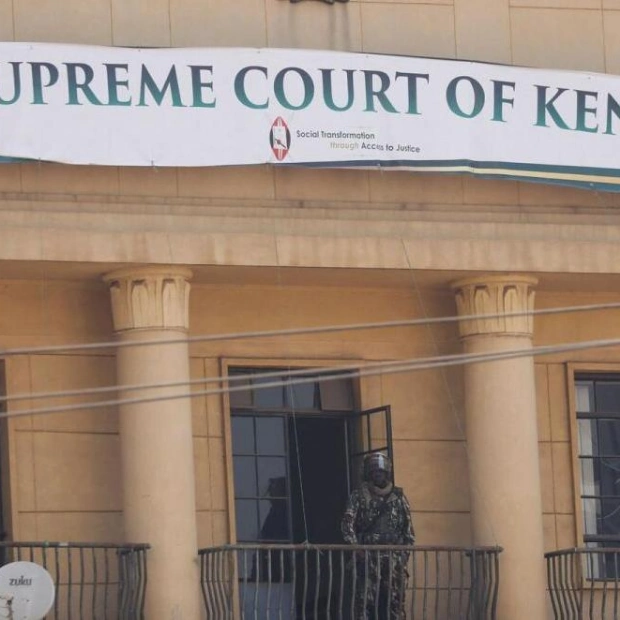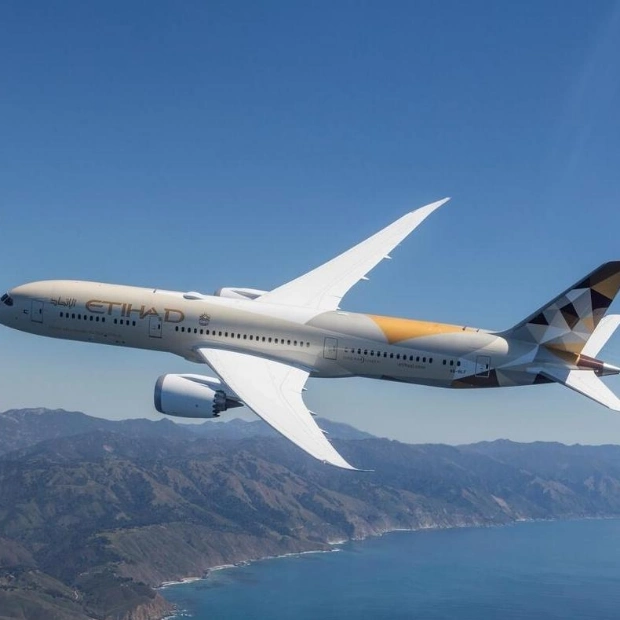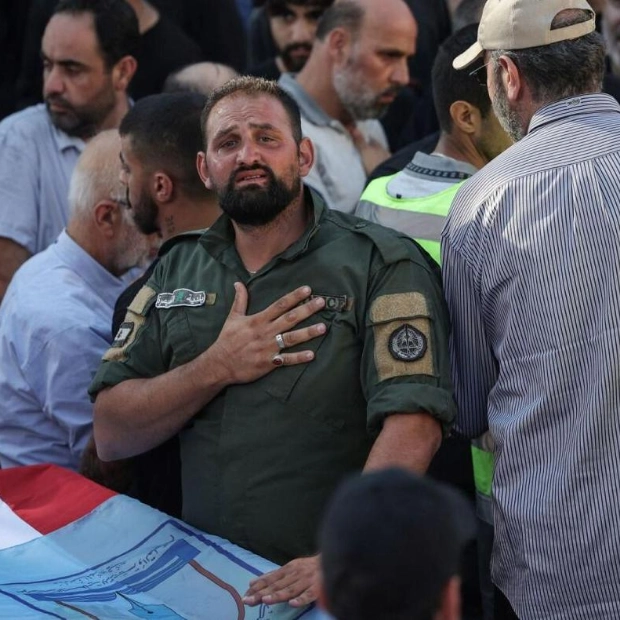UAE citizens and residents now have the opportunity to contribute to the design of a future park in Dubai. During a recent workshop, participants offered various suggestions for the park at Nad Al Hamar 3, including an interactive play area, a system to convert humidity into water for plants, and a shaded cycling track.
High school student Noora Abdullah Ashoor expressed her excitement about the workshop, describing it as a unique experience. She mentioned that one of the key topics was creating an interactive play area that stimulates all five senses of children. Noora explained that the play area would feature a small water fountain and music played through floor speakers to engage the children effectively.
The workshop was part of the launch of the Dubai Urban Design Platform, an AI-driven initiative aimed at involving residents in transforming urban spaces. It was during the AI retreat in June that Dubai Crown Prince Sheikh Hamdan bin Mohammed bin Rashid Al Maktoum initiated the activation of this platform. Noora further detailed that the workshop attendees emphasized preserving the local identity while designing the park, proposing the planting of Ghaf trees due to their environmental suitability. They also suggested painting the floor in light colors to prevent excessive heat absorption and maintain the playground's appearance under harsh sunlight.
The workshop, attended by over 20 people of diverse ages, was divided into two groups to discuss potential features for the park. Participants brainstormed ideas on sticky notes and engaged in detailed discussions about what should be included. Suggestions ranged from using solar panels and establishing an animal shelter to adding facilities like a gym, cycling track, padel court, and water fountain. Urbanist was used by moderators to visualize these features within the park layout.
Ahmed Al Zarouni, Director of the Department of Public Parks and Recreational Facilities at Dubai Municipality, expressed his enthusiasm for the ideas presented. He emphasized the importance of understanding what the community wants in their parks, as they are the primary users. Al Zarouni noted that other officials from the Municipality also participated to evaluate the technical feasibility of the proposed ideas. He mentioned the willingness to apply these ideas to all upcoming 32 parks in Dubai.
The workshop was organized by the Mohammed Bin Rashid Centre for Government Innovation in collaboration with the Supreme Committee for Urban Planning, Dubai Municipality, and Furjan Dubai. Held at the Umm Suqeim majlis, the event also showcased the capabilities of the Urban Design Platform for designing public spaces such as squares and urban gardens. Attendees were encouraged to envision innovative designs for future projects within Dubai Municipality, including pocket parks, sustainable squares, and urban oases.
